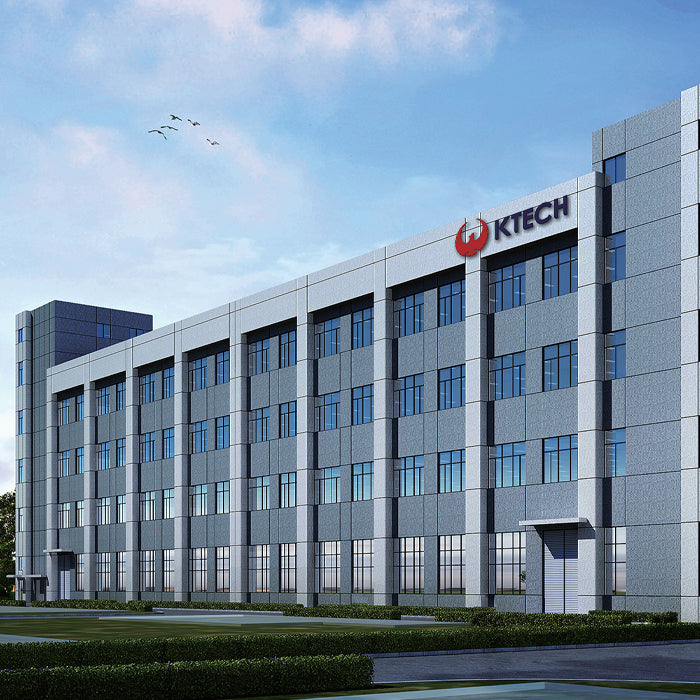Moving Towards a Sustainable and Smart Energy Ecosystem
Moving Towards a Sustainable and Smart Energy Ecosystem
The future development of IHEMS will be closely aligned with cutting-edge technologies such as carbon trading, microgrids, virtual power plants (VPP), and smart communities. These trends not only guide the transformation of energy management and consumption but also have profound impacts on achieving global sustainable development goals.
1. Integration of Carbon Trading and Home Energy Management Carbon trading, a key global approach to combating climate change, will integrate deeply with home energy management. Carbon trading systems allocate emission allowances to companies and individuals, allowing the buying and selling of carbon credits to meet greenhouse gas reduction targets. In the future, each household will not only be an energy consumer but can also become a carbon credit producer. By installing solar panels or adopting more energy-efficient appliances, households can reduce their carbon emissions and convert these savings into carbon credits for trading in the carbon market. As the carbon market matures, households can earn additional income by selling their saved carbon allowances, incentivizing more users to participate in low-carbon living. This trend will also increase environmental awareness among individuals and communities, making green energy and sustainable living more widespread. Through IHEMS’s monitoring and optimization functions, users can track their carbon emissions in real-time and make more environmentally and economically informed energy decisions. Carbon trading will not only provide financial returns to households but also promote the widespread adoption of low-carbon technologies and energy management tools.

2. Microgrids and Energy Autonomy
Microgrid technology will drive the evolution of home energy management toward autonomy. A microgrid is a localized, small-scale power system that can operate independently from the main grid. It integrates decentralized renewable energy sources (such as solar and wind), forming a self-sustaining energy network. In this system, households are no longer passive energy consumers but become power producers through means such as solar power generation. Excess electricity generated by homes can be stored or fed back into the microgrid to supply other users within the community, creating a network of bidirectional energy flow.
IHEMS will play a key role in optimizing energy generation, storage, and consumption within this framework, ensuring that households can remain self-sufficient during peak energy demand and, when electricity is abundant, effectively utilize market mechanisms to export power. The growth of microgrids will also increase community energy resilience, allowing neighborhoods to maintain power even during external grid failures, thus enhancing overall grid reliability.

3. Virtual Power Plants: Coordinated Management of Distributed Energy
The virtual power plant (VPP) is another innovative technology that will revolutionize energy management. Using information and communication technology (ICT) to aggregate numerous decentralized energy producers and consumers, VPPs can operate like a large centralized power plant, coordinating and dispatching distributed renewable energy and storage systems across various households. This collaborative management model increases the flexibility and stability of electricity supply while enabling households to participate in broader energy markets.
In the future, IHEMS will not only manage household energy but will also interface with VPPs. Through remote control and smart algorithms, IHEMS can provide real-time energy supply and demand data to VPPs, enabling dynamic energy adjustments. In this setup, households can sell excess electricity during peak pricing periods or adjust their consumption during high-demand times to maximize economic benefits. Furthermore, VPPs can use predictive technologies to plan energy supply ahead of time, increasing the share of renewable energy and ensuring efficient operation through smart grid integration.
4. Smart Communities: Energy Optimization from Homes to Neighborhoods
Smart communities, a key component of future urban management, extend the role of IHEMS from the household to the broader community and even city-wide scale. Smart communities leverage big data, IoT, and AI technologies to manage and optimize various resources, including energy, transportation, and security. IHEMS, with its role in optimizing household energy use, will be a foundational element of energy management within smart communities.
By aggregating data from individual IHEMS systems, smart communities can monitor and analyze overall energy demand, supply conditions, and usage patterns across the neighborhood. This large-scale data integration allows for more precise energy dispatching and optimization of renewable energy use. For instance, smart communities can predict future energy demand based on households’ electricity consumption habits and weather conditions, adjusting the distribution of energy resources within the community to ensure efficient and economical energy supply. The development of smart communities will significantly improve residents' quality of life, reduce overall energy consumption, and drive sustainable urban development.
The future trends of IHEMS involve not just optimizing energy consumption at the household level but also deeply integrating with carbon trading, microgrids, VPPs, and smart communities. This integrated approach to energy management will propel individuals and communities toward cleaner, smarter, and more sustainable living. In this ecosystem, every household becomes not only a consumer of energy but also an active participant in green development, empowered by advanced technology to flexibly manage their energy use, realizing both economic benefits and environmental protection.


